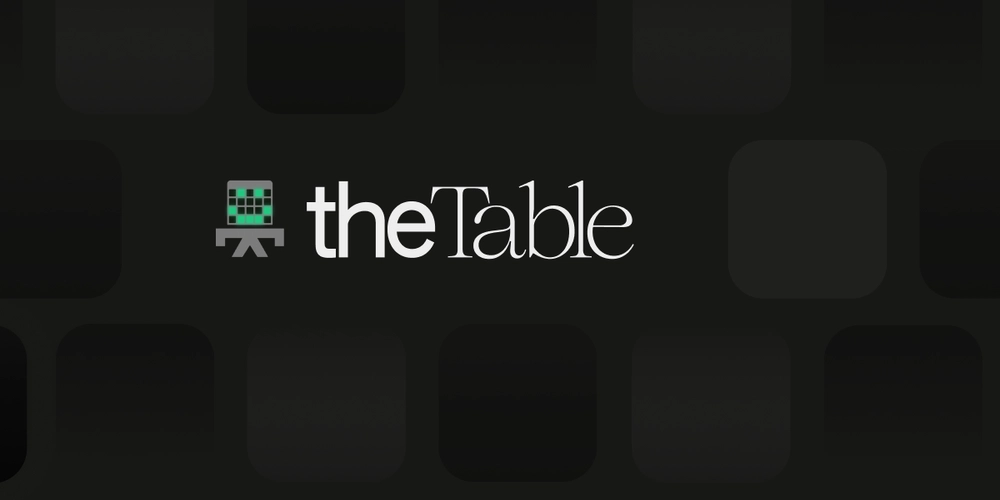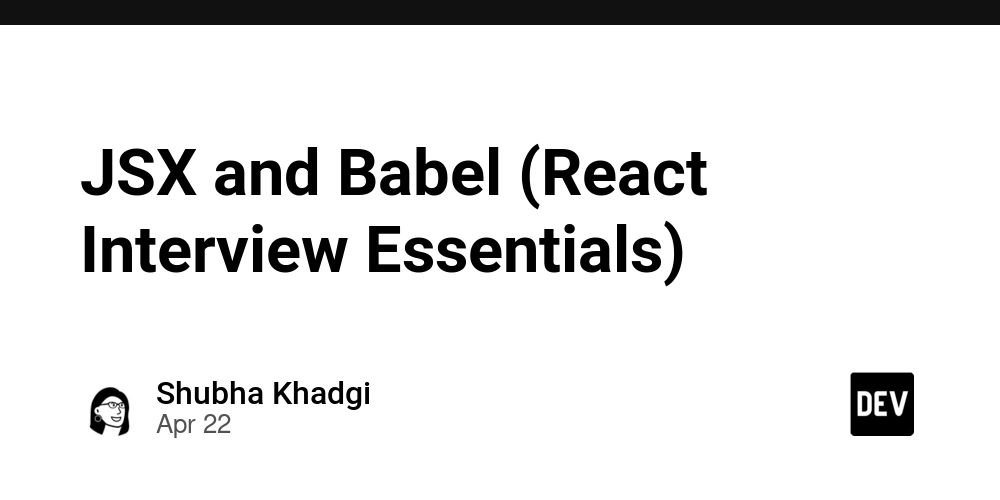SQL DDL Commands Explained: Structuring Your Database
Every database needs structure, and SQL DDL is the set of commands that provides it. From defining new tables to modifying or deleting them, DDL is foundational in SQL development. Here’s a quick intro to what it does and how to use it. What Is SQL DDL? SQL DDL (Data Definition Language) allows you to define or update the schema of a relational database. These commands focus on structure, not content. Essential DDL commands: CREATE: Defines tables and objects ALTER: Changes existing structures DROP: Deletes them TRUNCATE: Clears data while keeping the structure DDL in Action: Core Examples Let’s go through how each command might look in a practical setup: Create a table CREATE TABLE employees ( id INT PRIMARY KEY, name VARCHAR(100) ); Alter the table ALTER TABLE employees ADD department VARCHAR(50); Drop it entirely DROP TABLE employees; Clear all data quickly TRUNCATE TABLE employees; These are often used when creating systems or refactoring existing data models. FAQ What is DDL in SQL? A group of SQL commands used to manage schema and database objects. How is it different from DML? DDL is structural; DML (like INSERT, DELETE) modifies data. Can DDL commands be reversed? Not typically. Use backups or transactions if your DBMS supports them. How do I inspect a table’s schema? Try SHOW CREATE TABLE or use a SQL GUI like DbVisualizer. Conclusion SQL DDL gives developers and database admins the power to define how data is stored. From table creation to structure cleanup, these commands are a critical part of the development process. Read SQL DDL: The Definitive Guide on Data Definition Language for a full breakdown and SQL client tips.

Every database needs structure, and SQL DDL is the set of commands that provides it. From defining new tables to modifying or deleting them, DDL is foundational in SQL development. Here’s a quick intro to what it does and how to use it.
What Is SQL DDL?
SQL DDL (Data Definition Language) allows you to define or update the schema of a relational database. These commands focus on structure, not content.
Essential DDL commands:
-
CREATE: Defines tables and objects -
ALTER: Changes existing structures -
DROP: Deletes them -
TRUNCATE: Clears data while keeping the structure
DDL in Action: Core Examples
Let’s go through how each command might look in a practical setup:
Create a table
CREATE TABLE employees (
id INT PRIMARY KEY,
name VARCHAR(100)
);
Alter the table
ALTER TABLE employees ADD department VARCHAR(50);
Drop it entirely
DROP TABLE employees;
Clear all data quickly
TRUNCATE TABLE employees;
These are often used when creating systems or refactoring existing data models.
FAQ
What is DDL in SQL?
A group of SQL commands used to manage schema and database objects.
How is it different from DML?
DDL is structural; DML (like INSERT, DELETE) modifies data.
Can DDL commands be reversed?
Not typically. Use backups or transactions if your DBMS supports them.
How do I inspect a table’s schema?
Try SHOW CREATE TABLE or use a SQL GUI like DbVisualizer.
Conclusion
SQL DDL gives developers and database admins the power to define how data is stored. From table creation to structure cleanup, these commands are a critical part of the development process. Read SQL DDL: The Definitive Guide on Data Definition Language for a full breakdown and SQL client tips.









































































































































































![[The AI Show Episode 144]: ChatGPT’s New Memory, Shopify CEO’s Leaked “AI First” Memo, Google Cloud Next Releases, o3 and o4-mini Coming Soon & Llama 4’s Rocky Launch](https://www.marketingaiinstitute.com/hubfs/ep%20144%20cover.png)



































































































































![From fast food worker to cybersecurity engineer with Tae'lur Alexis [Podcast #169]](https://cdn.hashnode.com/res/hashnode/image/upload/v1745242807605/8a6cf71c-144f-4c91-9532-62d7c92c0f65.png?#)























![BPMN-procesmodellering [closed]](https://i.sstatic.net/l7l8q49F.png)



















































































.jpg?#)
.jpg?#)
.jpg?#)

































































































































![CarPlay app with web browser for streaming video hits App Store [U]](https://i0.wp.com/9to5mac.com/wp-content/uploads/sites/6/2024/11/carplay-apple.jpeg?resize=1200%2C628&quality=82&strip=all&ssl=1)
![What’s new in Android’s April 2025 Google System Updates [U: 4/21]](https://i0.wp.com/9to5google.com/wp-content/uploads/sites/4/2025/01/google-play-services-3.jpg?resize=1200%2C628&quality=82&strip=all&ssl=1)













![Apple Releases iOS 18.5 Beta 3 and iPadOS 18.5 Beta 3 [Download]](https://www.iclarified.com/images/news/97076/97076/97076-640.jpg)
![Apple Seeds visionOS 2.5 Beta 3 to Developers [Download]](https://www.iclarified.com/images/news/97077/97077/97077-640.jpg)
![Apple Seeds tvOS 18.5 Beta 3 to Developers [Download]](https://www.iclarified.com/images/news/97078/97078/97078-640.jpg)
![Apple Seeds watchOS 11.5 Beta 3 to Developers [Download]](https://www.iclarified.com/images/news/97079/97079/97079-640.jpg)
































































































































